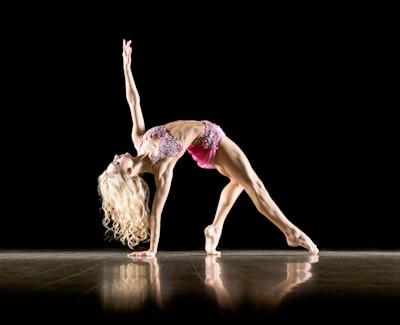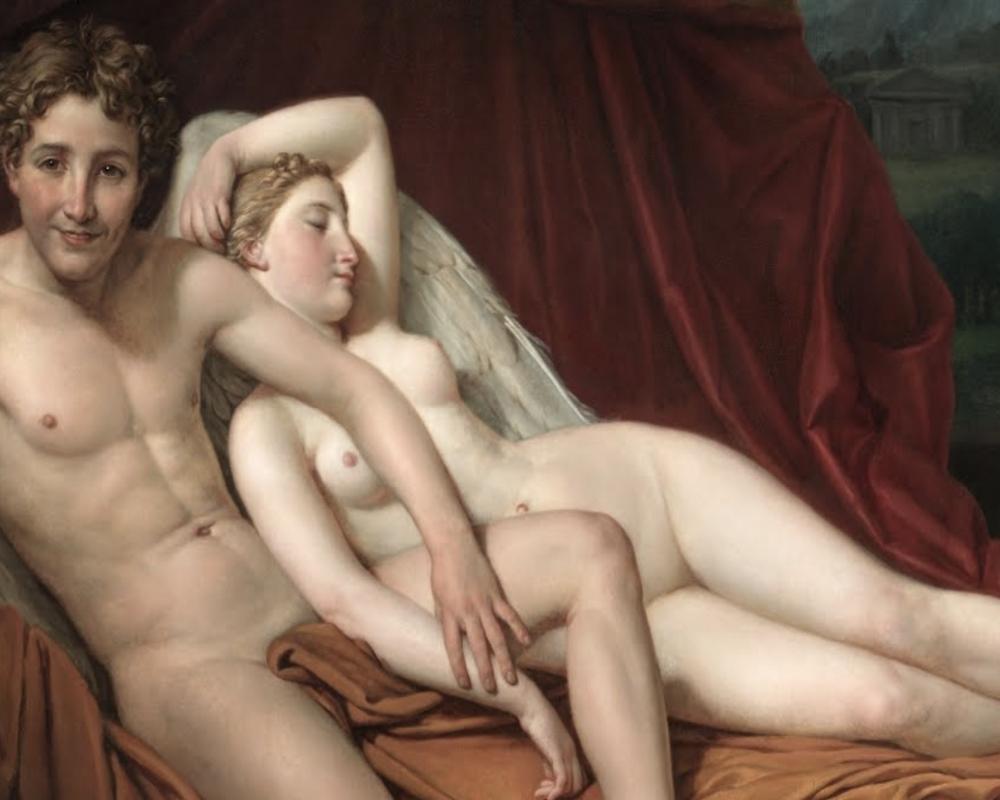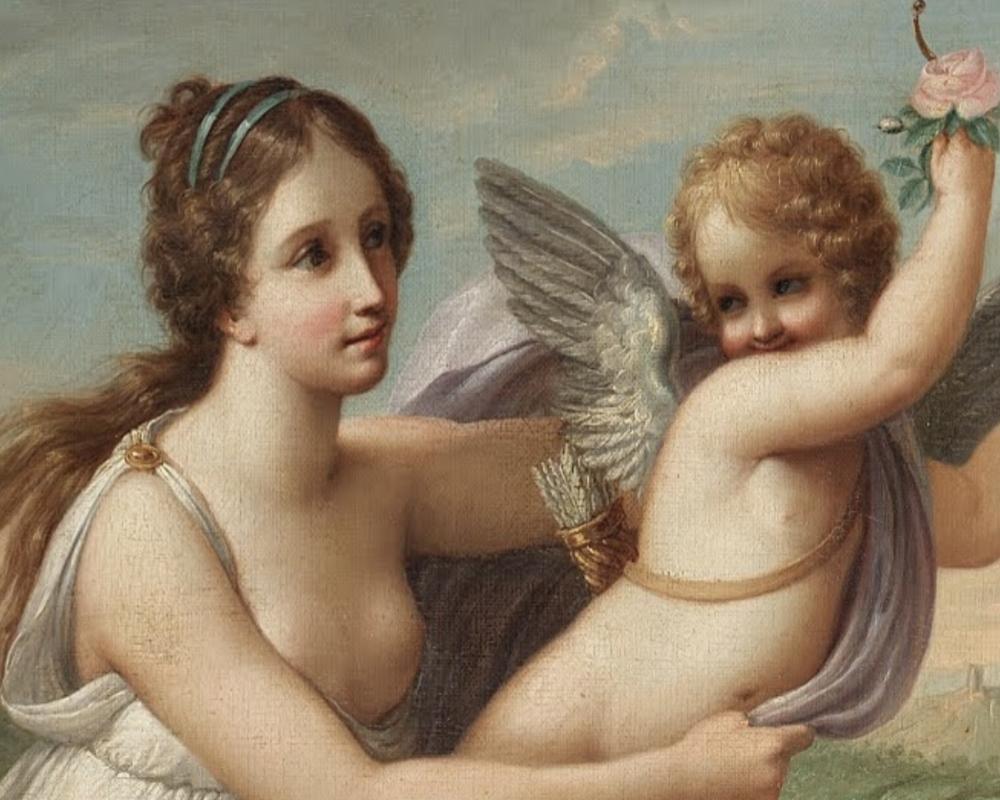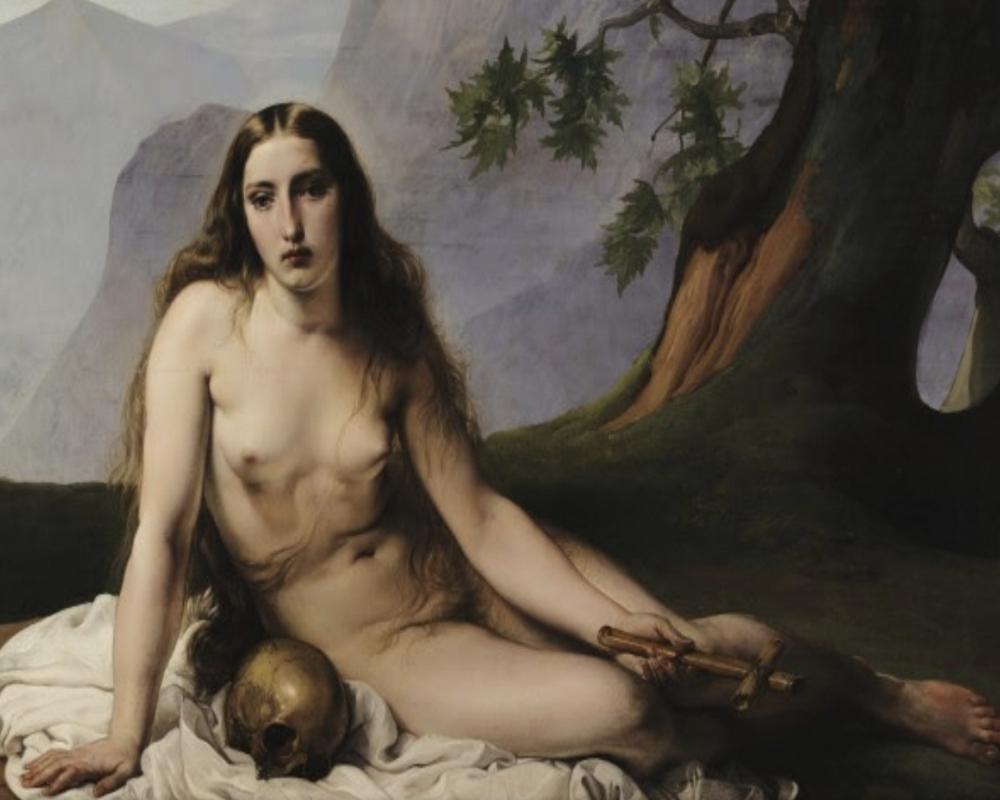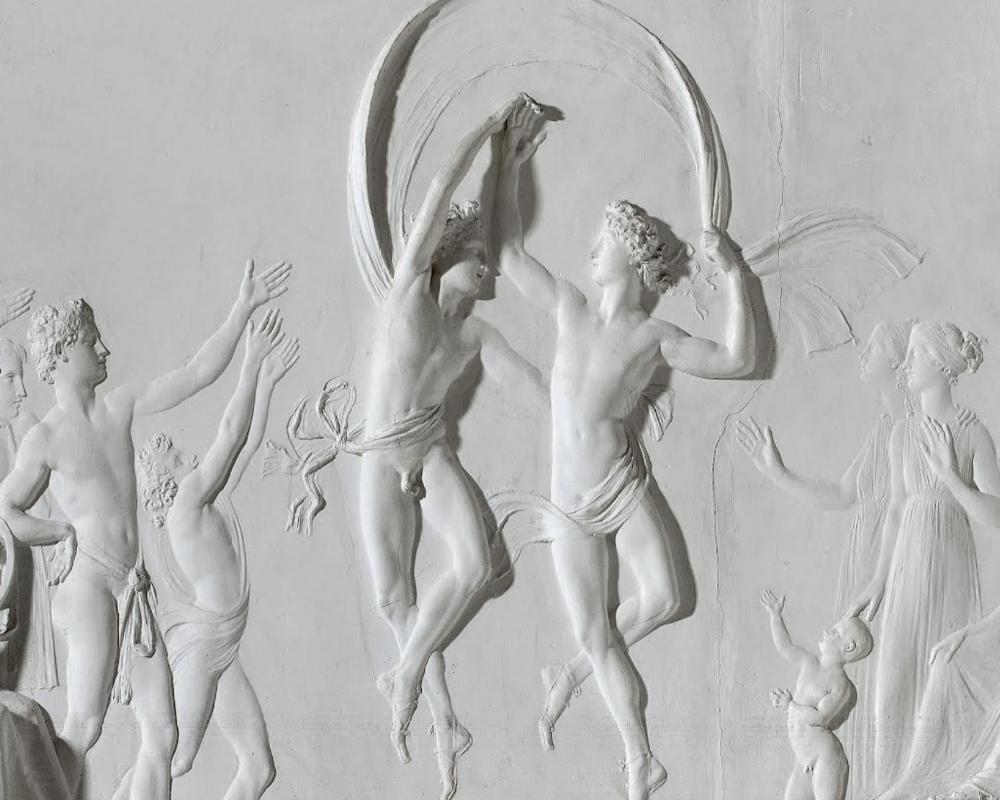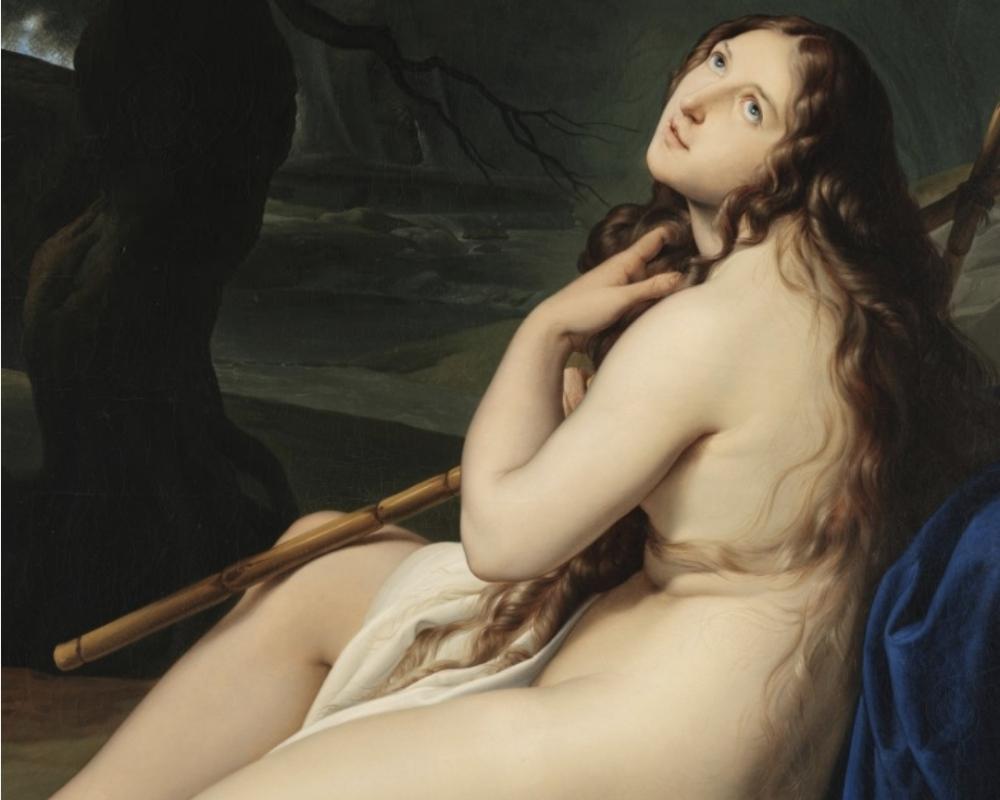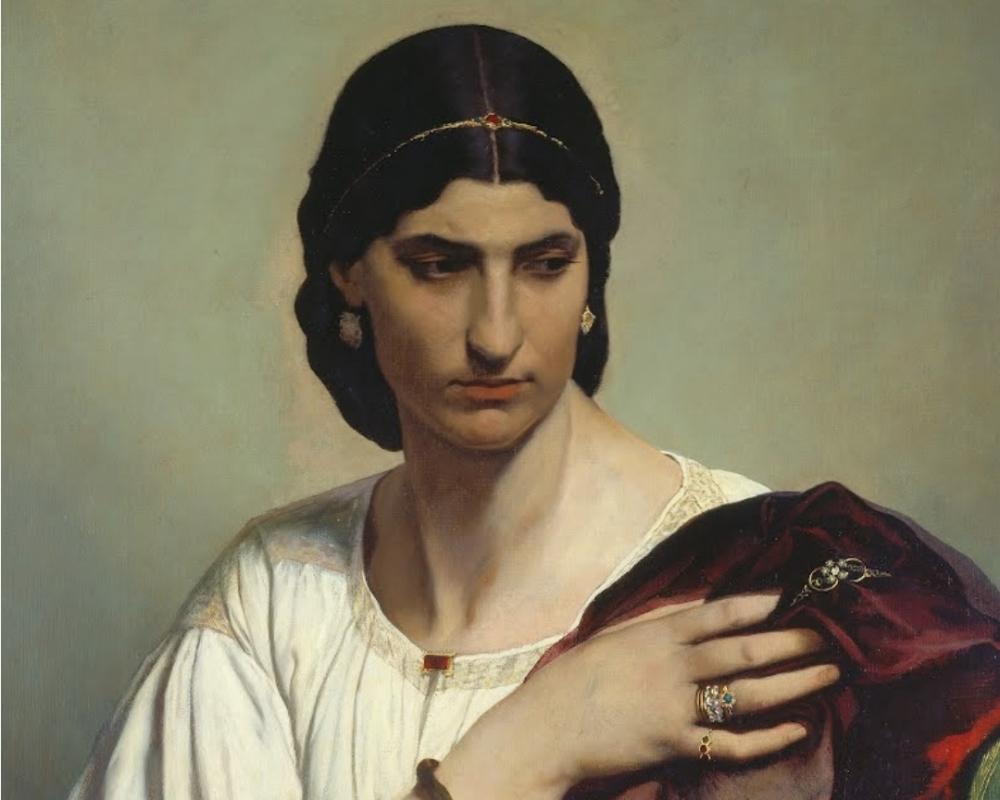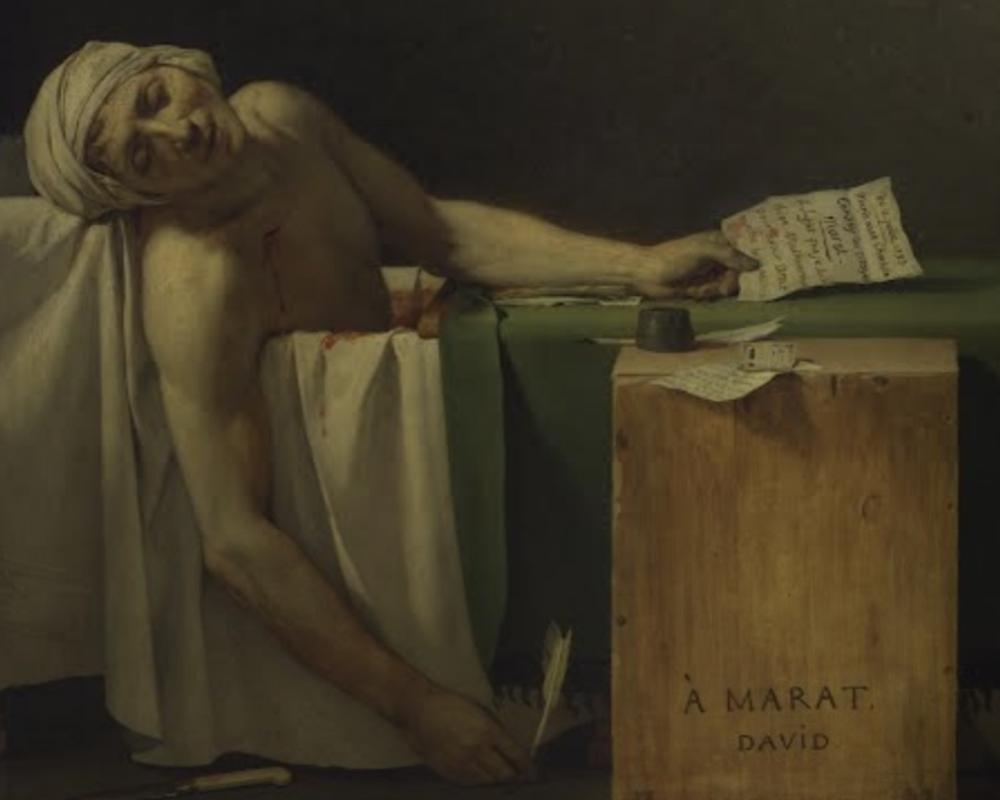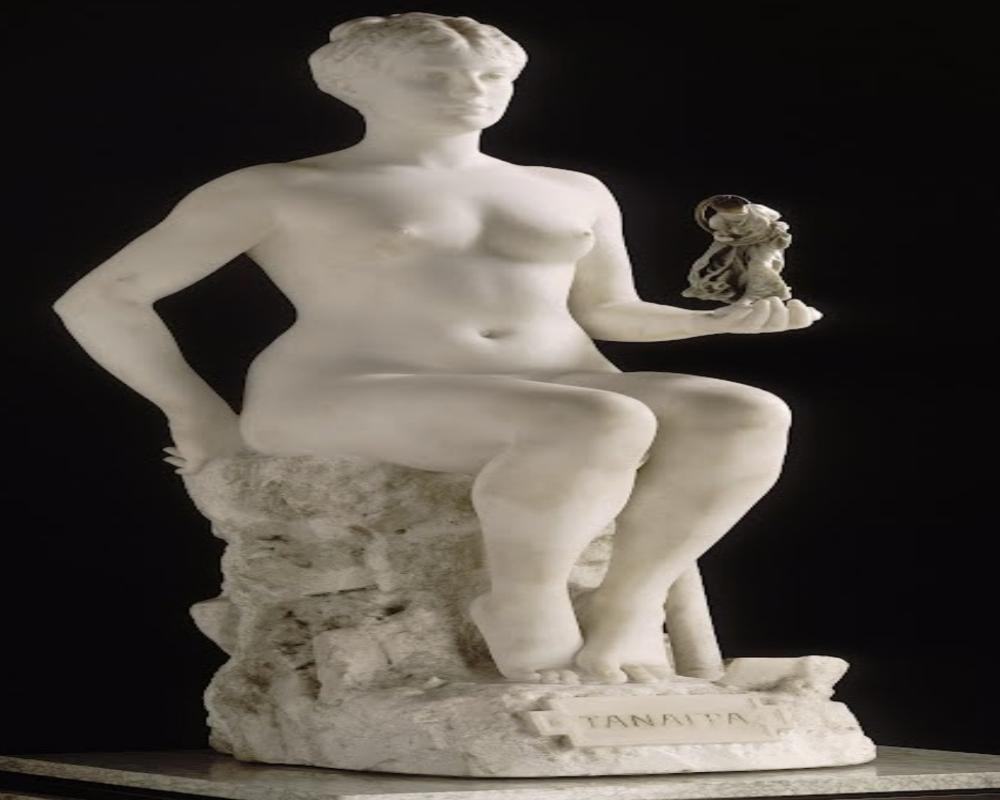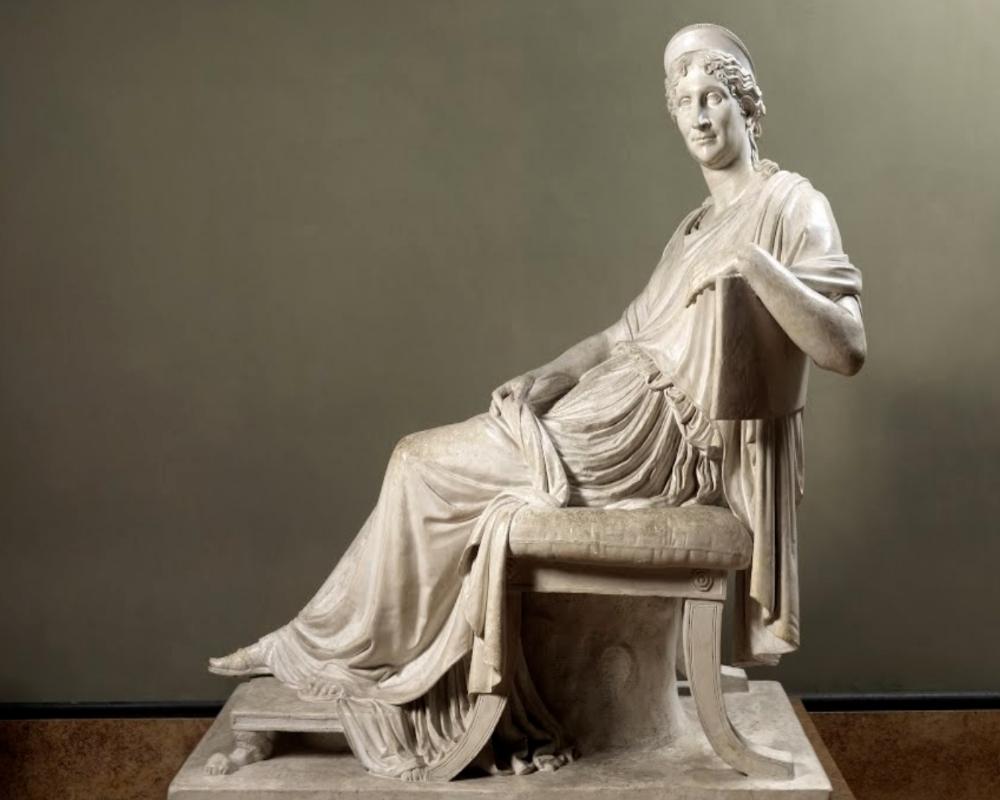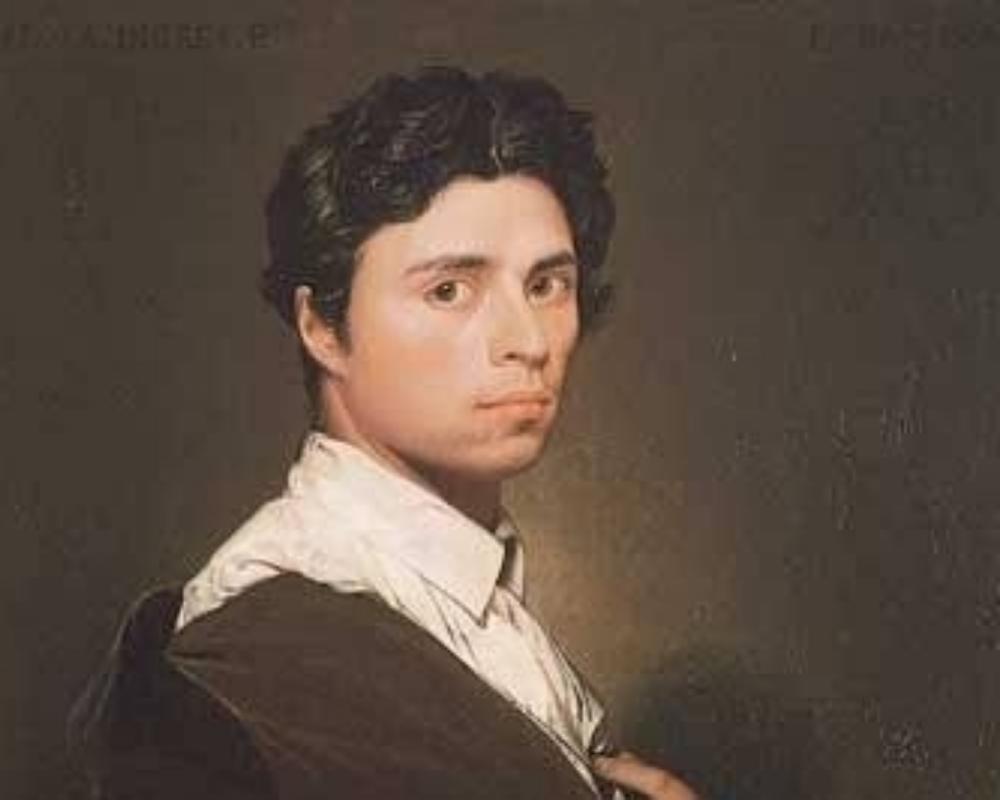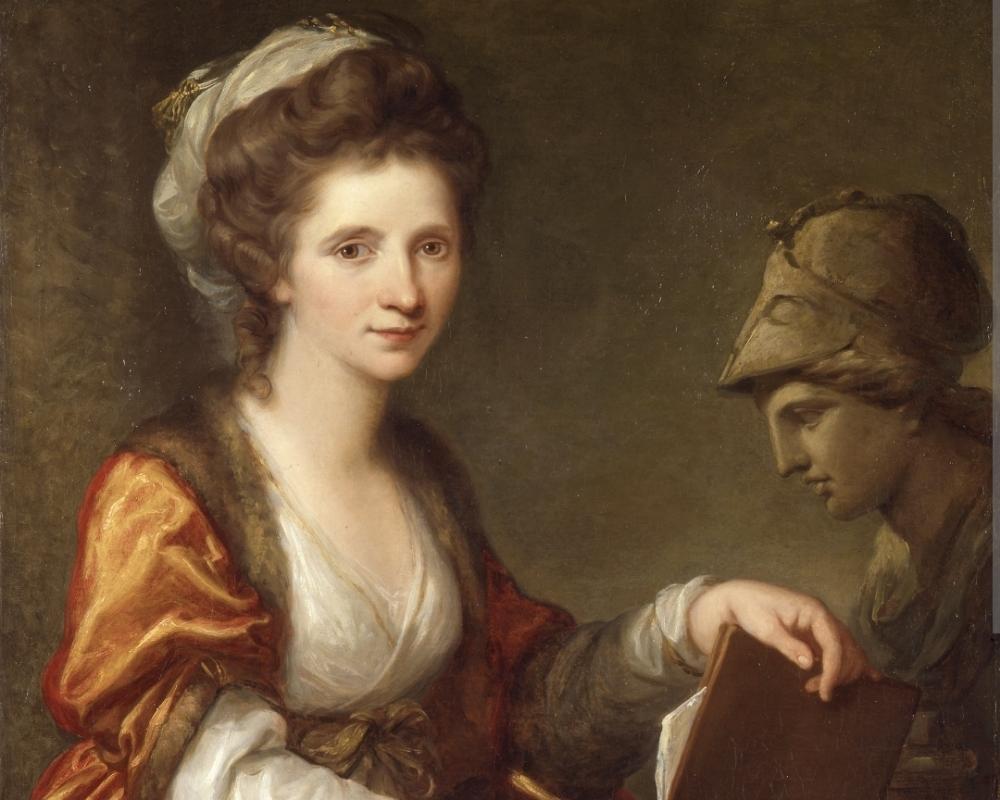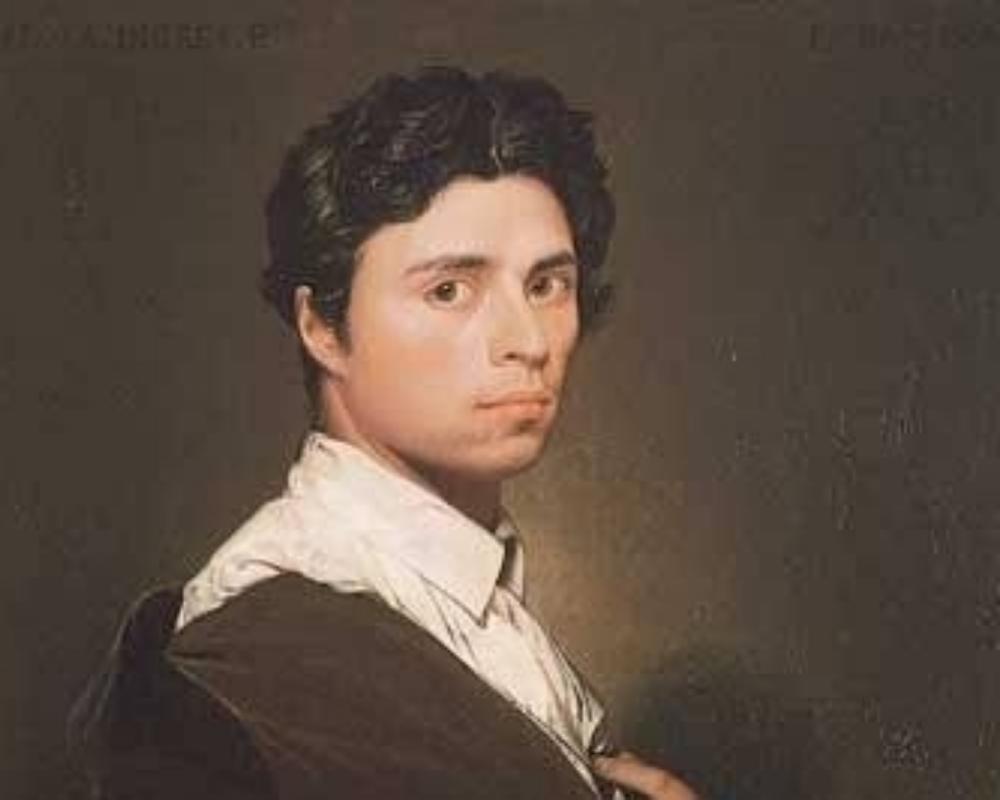Explore the World's Best Ideas
Join today and uncover 100+ curated journeys from 50+ topics. Unlock access to our mobile app with extensive features.
What is the neoclassicism style?
Neoclassicism is an artistic and architectural style that emerged in the late 18th century as a reaction against the excesses of the Baroque and Rococo styles.
It drew inspiration from classical antiquity, particularly ancient Greek and Roman art, architecture, and literature. Such art and architecture emphasized simplicity, clarity, and rationality, seeking to revive the ideals of classical beauty and order.
In painting and sculpture, neoclassical artists aimed to capture the noble and heroic qualities found in ancient Greek and Roman art.
12
138 reads
So What Was Its Purpose
neoclassicism aimed to revive the aesthetics and ideals of classical antiquity during a period of intellectual and artistic revival known as the Enlightenment. It represented a shift away from the elaborate and ornamental styles of the preceding periods, embracing a more restrained and rational approach to art and design.
12
98 reads
How Restrained Was It?
Referring to a "restrained color palette" in the context of neoclassical art, it means that the artists typically used a limited range of colors in their compositions. They aimed for a more subdued and harmonious color scheme compared to the vibrant and dramatic palettes of the preceding Baroque and Rococo styles.
This restrained color palette was in line with the overall aesthetic principles of neoclassicism, which emphasized clarity, simplicity, and a rational approach to art. The intention was to create a sense of order, harmony, and intellectual refinement in the visual compositions.
11
84 reads
What Is So Beautiful About It
Fo me personally it reminds me of how we can not forget about the past, even if we seemingly do, there always would be a string attached, reminding us of what's used to be, Neoclassicism was this string that had artists at the time rebellious, craving for rationality and reason, sick of how preceeding movements were so bright, they had to restrain their palette
10
73 reads
Key Aspectes Of Neoclassicism
- Idealization of Classical Antiquity
- Clarity and Rationality
- What is the neoclassicism style
- Aesthetic Reaction to Baroque and Rococo Excesses
- Symbol of Power and Authority
10
81 reads
Idealization of Classical Antiquity
Neoclassicism drew inspiration from the art, literature, and architecture of ancient Greece and Rome. It sought to revive the ideals of classical beauty, harmony, and order. By emulating the aesthetic principles of classical antiquity, Neoclassical artists aimed to capture a sense of timelessness and universal appeal.
11
62 reads
Clarity and Rationality
Neoclassical art emphasized clarity, simplicity, and rationality. The compositions were carefully structured, with balanced proportions and precise details. This focus on organization and rationality provided a sense of intellectual refinement and coherence, appealing to the Enlightenment ideals of reason and logic.
11
62 reads
Moral and Political Themes
Many Neoclassical artworks conveyed moral and political messages. Artists used historical and mythological subjects to explore themes of heroism, virtue, patriotism, and the triumph of reason over emotion. This emphasis on moral narratives resonated with the intellectual climate of the time and appealed to the desire for social and political reform.
10
53 reads
Aesthetic Reaction to Baroque and Rococo Excesses
Neoclassicism emerged as a reaction against the ornate and elaborate styles of the Baroque and Rococo periods. Neoclassical artists sought to reject the excessive ornamentation and frivolity associated with those styles. The restrained color palette, clean lines, and simplified forms of Neoclassical art offered a refreshing departure from the opulence and extravagance of previous eras.
11
51 reads
Symbol of Power and Authority
Neoclassicism became associated with the ideals of the Enlightenment, which emphasized reason, progress, and intellectual pursuits. The style was embraced by the ruling elites, governments, and institutions as a symbol of power, authority, and cultural sophistication. Neoclassical architecture, in particular, was employed for public buildings, monuments, and civic spaces, conveying a sense of grandeur and civic pride.
9
46 reads
Jacques-Louis David (1748-1825)
David was a prominent French painter who became the leading figure of Neoclassicism. His works often depicted historical and mythological subjects, emphasizing moral and political themes. Some of his famous paintings include "The Death of Socrates" and "The Oath of the Horatii."
10
46 reads
Antonio Canova (1757-1822)
Canova was an Italian sculptor renowned for his marble sculptures inspired by classical antiquity. His works captured the idealized beauty and grace of the human form. Notable sculptures by Canova include "Cupid and Psyche" and "The Three Graces."
10
44 reads
Jean-Auguste-Dominique Ingres (1780-1867)
Ingres was a French painter known for his meticulous attention to detail and precise draftsmanship. His portraits and historical paintings demonstrated a strong Neoclassical influence. One of his most famous works is "La Grande Odalisque."
10
39 reads
Angelica Kauffman (1741-1807)
Kauffman was an Austrian-Swiss painter who achieved great success during the Neoclassical period. She specialized in history painting, portraits, and decorative art. Her works often displayed classical themes and idealized female figures.
10
42 reads
Thomas Lawrence (1769-1830)
Lawrence was an English portrait painter who incorporated Neoclassical elements into his works. His portraits were highly sought after by the British aristocracy, and he became the leading portraitist of his time.
10
40 reads
I start with the idea, I feel it and then I paint it. If I'm lucky, it comes out better than I had thought
JEAN-AUGUSTE-DOMINIQUE INGRES
11
49 reads
IDEAS CURATED BY
CURATOR'S NOTE
The Neoclassical style was a departure of the norm of irrationality and ornamental details of the Baroque and Rococo styles, a Neoclassical artists woukd then thrive to establish logic, reason, life like color, fine lines and heroic masterpieces.
“
Read & Learn
20x Faster
without
deepstash
with
deepstash
with
deepstash
Personalized microlearning
—
100+ Learning Journeys
—
Access to 200,000+ ideas
—
Access to the mobile app
—
Unlimited idea saving
—
—
Unlimited history
—
—
Unlimited listening to ideas
—
—
Downloading & offline access
—
—
Supercharge your mind with one idea per day
Enter your email and spend 1 minute every day to learn something new.
I agree to receive email updates
